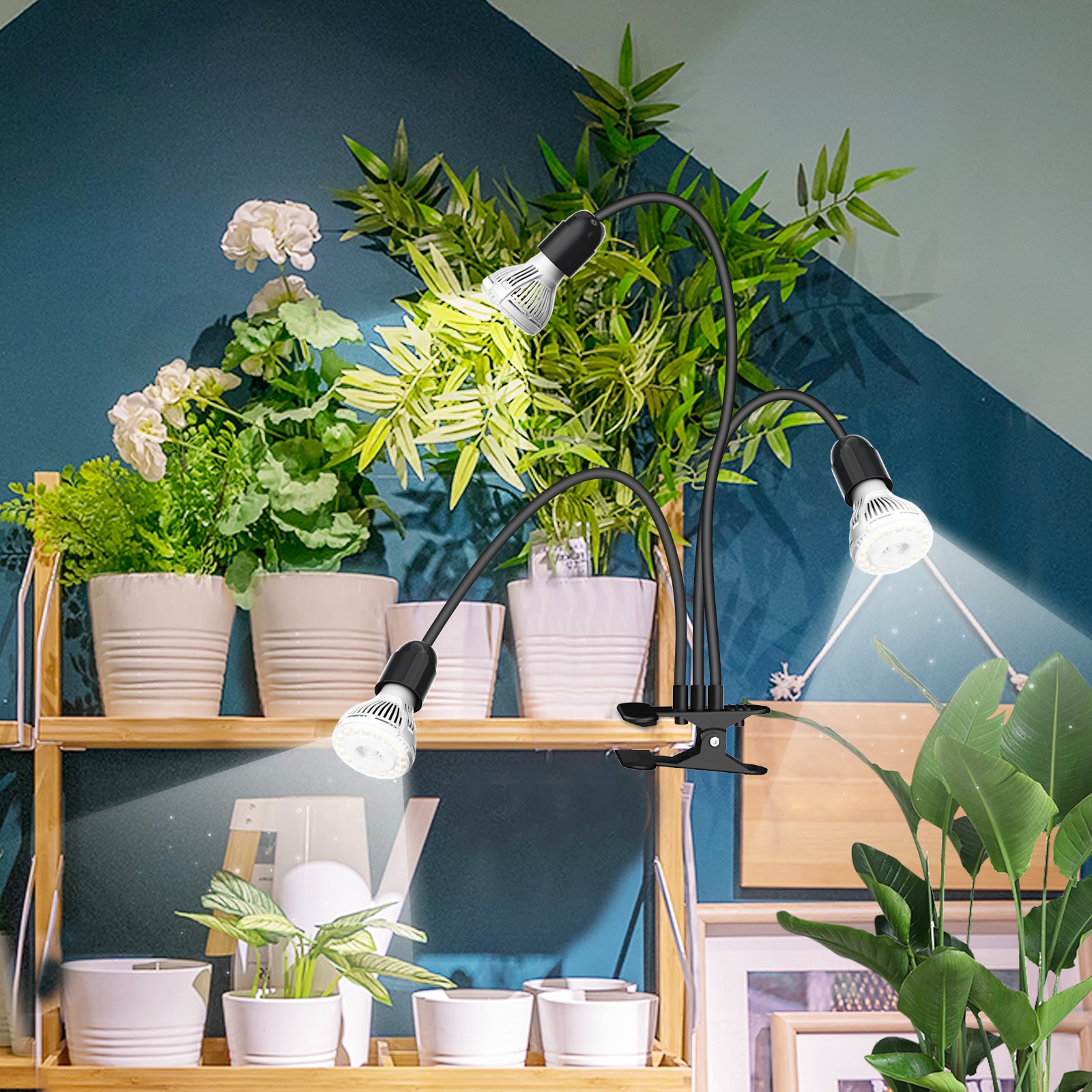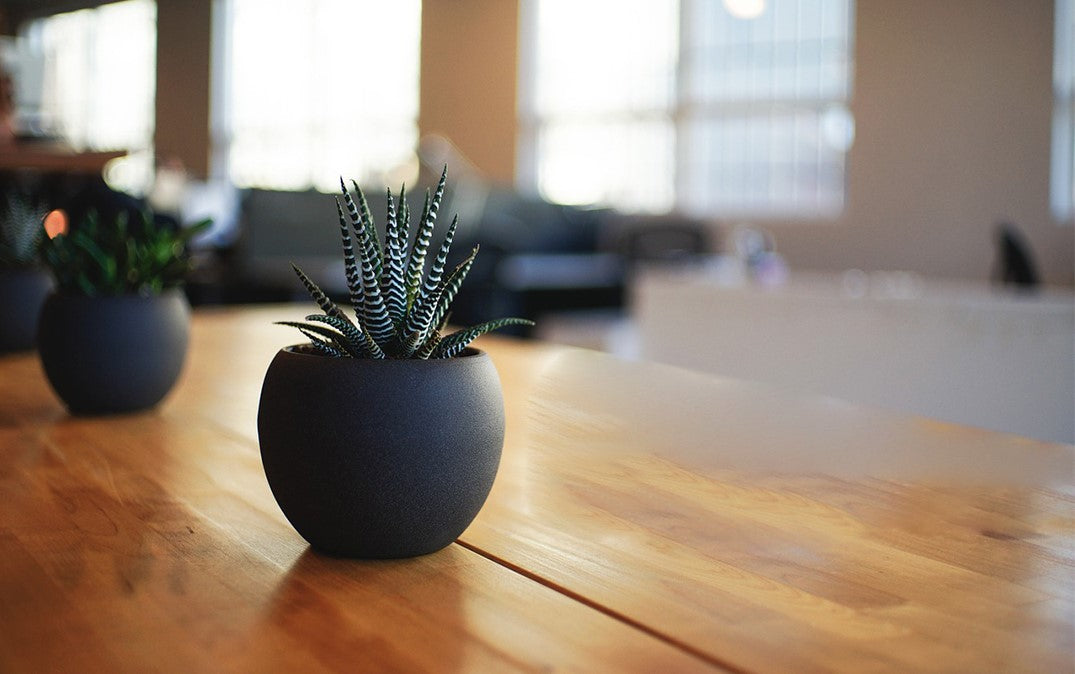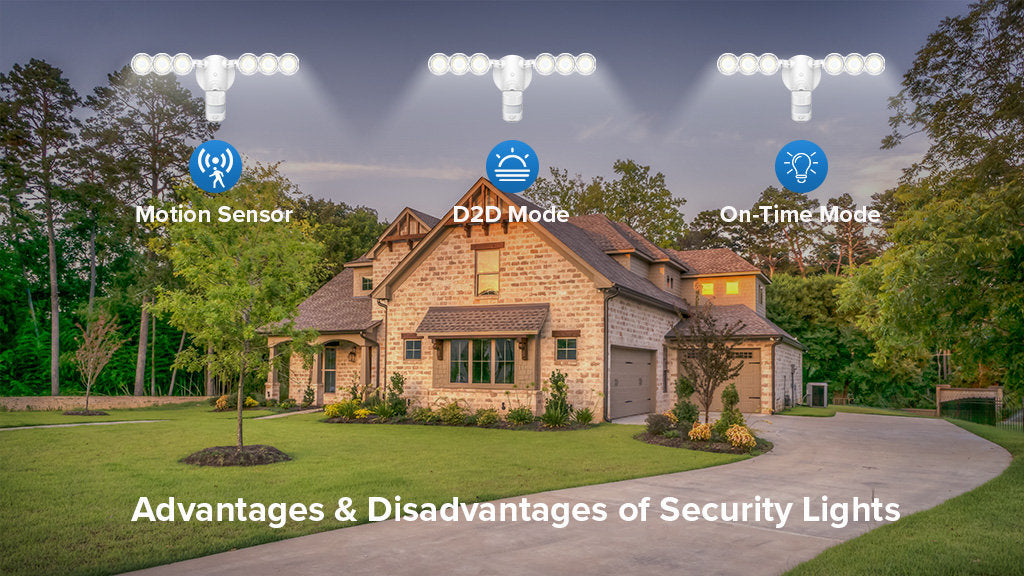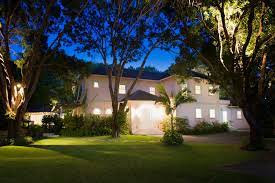UV light is an integral part of the light sp ectrum however it is just not visible. UV light is made up of 3 different wavelengths, UVA, UVB & UVC. Although UVC is filtered out by the Earth’s atmosphere UVA and UVB play a key part in our lives as well as plants. UVA is the most prevalent UV light we have on earth as it has the longest wavelength. UVA has a wavelength ranging from 315nm-400nm compared to that of UVB which is 280-315nm. Making UVA rays have less energy and less damage to animals and plants.
ectrum however it is just not visible. UV light is made up of 3 different wavelengths, UVA, UVB & UVC. Although UVC is filtered out by the Earth’s atmosphere UVA and UVB play a key part in our lives as well as plants. UVA is the most prevalent UV light we have on earth as it has the longest wavelength. UVA has a wavelength ranging from 315nm-400nm compared to that of UVB which is 280-315nm. Making UVA rays have less energy and less damage to animals and plants.
What Can UVA Do For Plants?
Due to UVA making up almost the total amount of UV light on earth plants are exposed to them in relatively high low-intensity levels. UVA in high exposure low-intensity levels has not been shown to cause any damage to plants. Reading Cannabis plants UVA can improve the THC and CBD content of a plant if it is used properly.
UVA & Seedlings: UVA can speed up germination making the seeds better adapted for high-intensity lighting. Lowering the shock time and effect when the seeds have been moved to higher intensity light sources.
Top 3 Benefits of UVA on Plants:
- UVA can increase plant yields; recent studies have proven that UVA has encouraged bigger faster plant growth.
- UVA increases the level of nutrients in plants making vegetables taste better
- Having UVA within a full spectrum grow light replicates the natural habitat of a plant. As the earth contains low levels of low-intensity UVA radiation.
Is UVA Harmful?
In low intensity and low exposure levels, UVA light will not affect. However, if the intensity of UVA radiation is high it can cause melanoma. If you think you may be exposed to high levels of UVA radiation you need to be extra careful and just being inside or in a different room is not enough. Since UVA radiation can travel through glass windows. You will need dark thick curtains to block it out.
How to Protect Yourself from UV rays?
The high majority of exposure we get to UVA radiation is from the sun as UV radiation is around 10% of our sun’s total electromagnetic radiation output. Artificial exposure to UVA or any type of UV radiation would be very unlikely to be high intensity or high exposure. So to protect yourself from the sun you will need to take basic measurements i.e Sunscreen, staying in shaded areas, and knowing what the weather will be like on the days you go outside.
UVA In Grow Lights
As far as indoor grow lights are concerned the intensity of UVA or UV light will be relatively low. The best way to replicate nature would be to adopt a full spectrum grow light as it will contain all of the visible spectrum and some UV light. Creating the most natural environment as possible. For indoor grows in greenhouses and larger scale grows you will need bigger grow lights and maybe even grow light panels. However, for hobbyists and keen gardeners who just like some indoor plants full spectrum grow lights ranging from 10Watts-36Watts will be more than enough.
Not Every Grow Light Contains UVA Light
It is not too common for LED to grow lights to contain UVA light. However, SANSI’s Range of Grow Light bulbs contains UV light. 0.05%! There UVA and Full spectrum light in all of their lights for your plants to get fantastic supplementary light that replicates their natural environment. For SANSI they have a broad range of Full Spectrum grow lights ranging from:
|
Watts |
Full-spectrum |
Beam angle |
Lifespan |
|
10W |
Yes |
60 |
25,000 |
|
15W |
Yes |
60 |
25,000 |
|
24W |
Yes |
60 |
25,000 |
|
36W |
Yes |
60 |
25,000 |
Their most popular grow lights currently are the 15W, 24W & 36W options.
Each SANSI grow light produces a full spectrum beam and has an E26 base, making it fit into your home perfectly! The full spectrum beam and extra UVA exposure your plants can get from this light will result in higher yields and happier healthier plants!
If you would like to make a purchase, then head over to SANSI grow lights:





Leave a comment
All comments are moderated before being published.
This site is protected by hCaptcha and the hCaptcha Privacy Policy and Terms of Service apply.